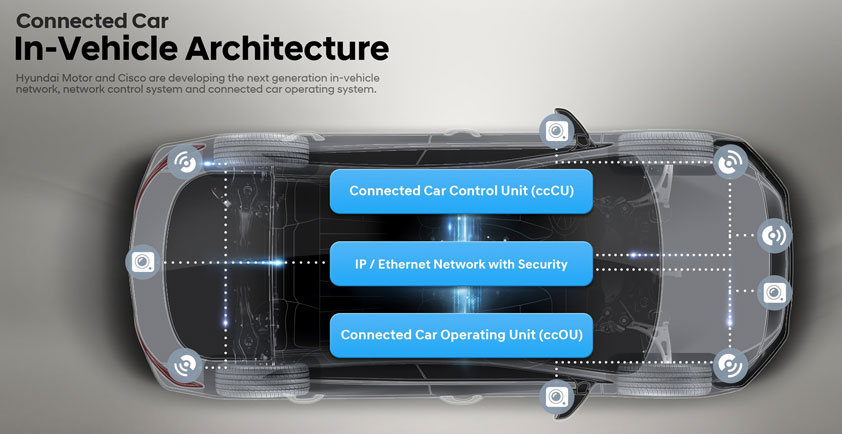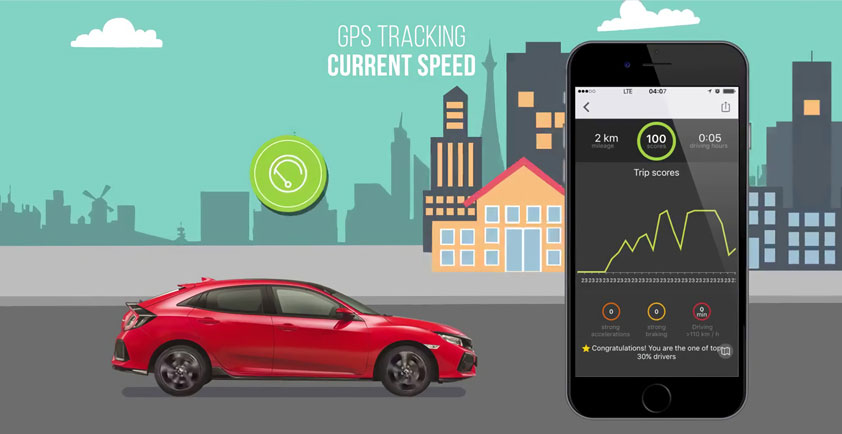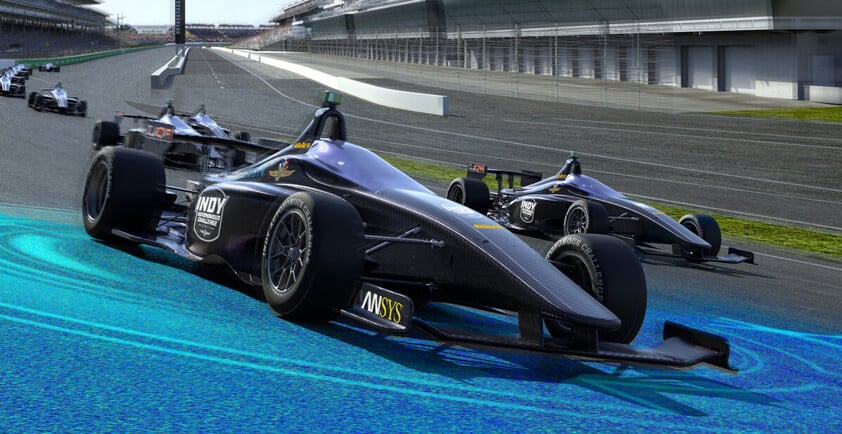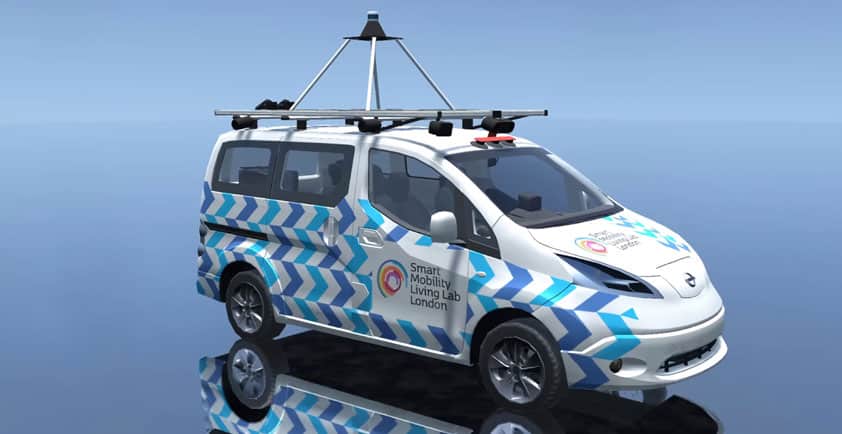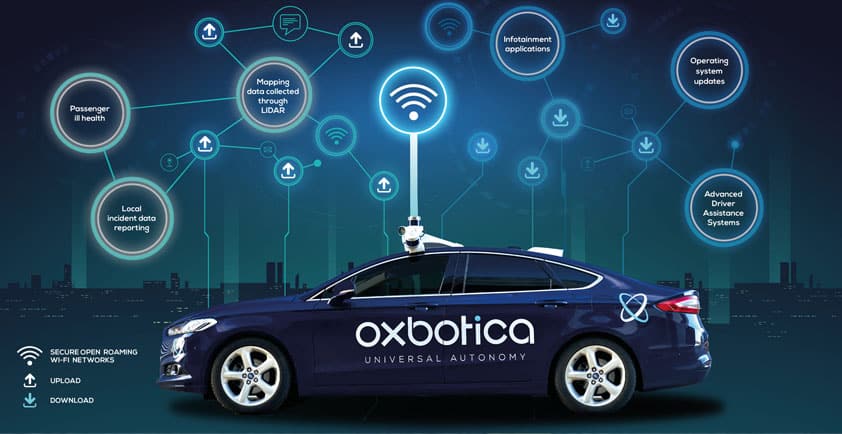
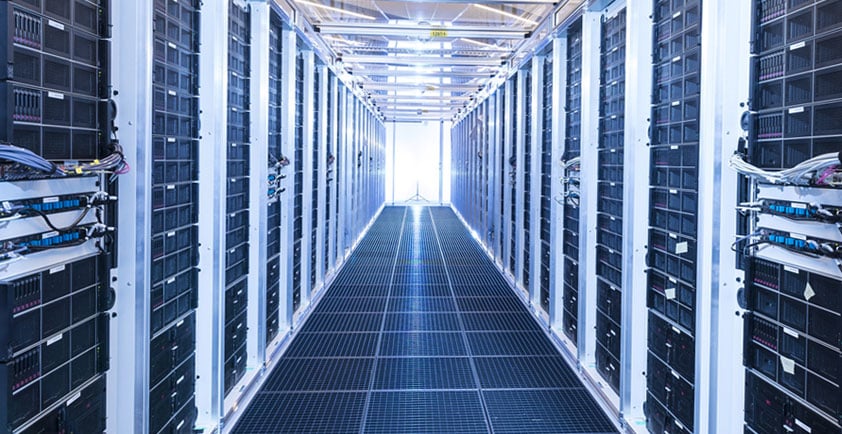
CASE STUDY: AUTOMOTIVE INDUSTRY - STRETCHING A NETWORK FABRIC TO MULTIPLE DATA CENTERS AND BEYOND
Challenge: Improve network availability, scalability
Innovation and consumer demand continue to drive the automotive industry. Automakers are expanding production with new electric and autonomous models. They’re developing digitally complex vehicles that produce around 1 TB of encrypted data on a daily basis. And they’re using that data to improve the driving experience and create new revenue-generating services.
The industry’s leading software-defined networking solution, Cisco ACI, is now implemented as the foundation for a highly scalable, zero-downtime network environment in BMW Group data centers. Cisco ACI has the ability to connect the automaker’s data centers and factories around the world, provide exceptional IT automation, visibility, and control, and extend to the cloud when needed.
Connecting two data centers with a single network fabric
Using a Cisco ACI Multi-Pod design, the network fabric was stretched across two data centers in Munich. The two facilities are managed as one operating domain, significantly boosting the efficiency of infrastructure management. Applications and virtual machines can be easily moved or shared between the two sites, enabling systems maintenance without service downtime.
Even more important are the simplicity, consistency, and automation of the network fabric. Instead of manually configuring switches every time a network change is required, the Cisco ACI policy model is used to define and automate network behavior.
Standardized policies have been created for tenants and endpoint groups, and application- specific policies will soon be developed for additional security and control. Those policies can be easily updated and pushed to the entire network fabric from a centralized console. What’s more, they can be customized for workloads that have specific performance, security, or accessibility requirements. Mission-critical applications can be tightly locked down, for example, whereas partner- focused applications can be opened for both internal and external users.
Cisco ACI has also increased the speed with which new servers, applications, and virtual network environments are deployed. And self-service capabilities will be developed for the company’s applications and security teams, eliminating the bottlenecks that can occur when every change and deployment goes through the data center team.
Extending to other data centers and the cloud
The network fabric will soon be extended to a third data center for high availability and disaster recovery purposes, and there are additional possibilities for the future. All of the automaker’s factories around the world may eventually be connected using Cisco ACI. Cloud-based systems and services may also be linked to the data center fabric using Cisco Cloud ACI.
In the meantime, policies and processes are being refined, and internal teams are being educated about the new network and its capabilities. In many ways, Cisco ACI is being test driven like a new, high-performance automobile. The company’s IT leaders are getting familiar with all of the features and comfortable behind the wheel before they step on the accelerator and venture beyond Germany.
Solutions
> Cisco® Application Centric Infrastructure (Cisco ACITM)
> Cisco® Nexus 9000 Series Switches
Results
> Simplified network operations by connecting two data centers
> Improved network segmentation, security, and control with policy-based automation
> Established the foundation for a global, zero-downtime network fabric
